List of Authors
>>About this blog
Recent blog post
|
[Silver]
August 30, 2016 16:00
A board installed on the outer wall of Nomura Securities in Nihonbashi. As early as possible, the number of days of countdown for the Tokyo 2020 Olympic and Paralympic Games is displayed.
 
The activities of the Japanese team, such as judo, swimming, gymnastics, wrestling, table tennis, and relay, played an active part in Rio 2016, are still clear in my memory. In addition, we can expect the success of the Paralympic athletes.
After that, about 1,400 days, I am dreaming of becoming a better Tokyo Olympics and Paralympics with the growth of young players.
I aim to be a volunteer guide for better hospitality by brushing up English and Portuguese. Let's do our best, Japan!
[Silver]
August 23, 2016 18:00
I think the Police Museum is a very good environment where you can learn about the police system from the Meiji government. It is also a place where children are pleased, such as the experience of a white motorcycle police officer.
So, I wanted to teach you and your children as a place for free study during summer vacation.
Unfortunately, it is suspended due to the renewal work.
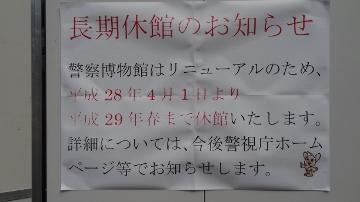
The museum will be closed until the spring of 2017. I'm going to visit the renovated police museum with my grandchildren.
[Silver]
August 11, 2016 18:00
Recently, this water taxi has been seen around Kachidokibashi.
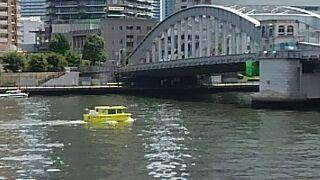
A colleague of the company said, "I often see it when I go to and from Tsukishima, do you know?", And I was a little "outside my mind ", but I was able to take a picture during the lunch break the other day . ", but I was able to take a picture during the lunch break the other day .
It means that they will rush to the dock of the Sumida River by phone and send it to their destination. Even under Kachidokibashi Nishizume, it seems that you will get on and off.
However, I read the experience record that actually boarded from Asakusa to Haneda, but I think that full-scale spread will be in the future.
If you are interested, why not search for "water taxis" on the Internet? If you charter in a group, it might be fun.
[Mido]
August 10, 2016 18:00
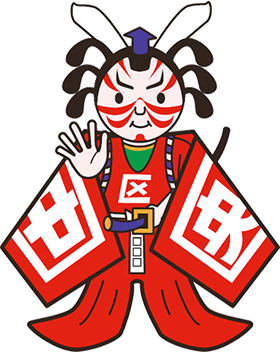
There is a mascot character in the Chuo-ku Tourism Certification Test.
The name is "Tenharu Senta-kun". By the way, what is the origin of the name "Senta-kun"?
Do you know? The hints are related to Chuo-ku ...
Senta → Yeah → Center AKB48's "Center Battle"
As you can see, the center is the "center".
That's Mr. Senta of Chuo-ku. (laughs)
It's like a father gag, but once I'm convinced, I can't forget it.
Now, in the world, "Pokemon Go" is a monster with a smartphone in one hand.
The game to look for is popular, but the tourist association also has "Tenharu Senta-kun Go".
The game entitled "Finding Senta-kun hidden in Chuo-ku" is called "Senta-kun"
How about it? "Chuo-ku Marugoto Museum" while looking for Senta-kun
I think it's fun to enjoy it, but what do you think?
[Akira Makibuchi / Sharakusai]
August 4, 2016 18:00
TV information program "Chuo-ku departure here everyone's information station" created by inhabitants of a ward that conveys the topic of Chuo-ku with video has been expanded to three broadcast frames every day for 10 minutes from the April 2016 issue. And the broadcast time has also been changed.
Please take a look at the program that has become easier to see. Production is a member of the Association of Chuo-ku Media Reporters
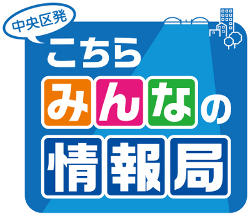 The title of the August 2016 issue (2) The title of the August 2016 issue (2)
①"I am a food hygiene observer,"
②"I will show you the back of the TV program created by the inhabitants of the ward" (Making video of the above work)
●Broadcast date and time
3 times a day 10:20, 12:20, 20:20
Chuo-ku public information program "Hello Chuo-ku"
The broadcast will start 5 minutes after the end of the broadcast.
●Broadcast time 10 minutes each time
●TV station CATV "Tokyo Bay Net" 111ch
●Program update 1st of every month
◎Information magazine published by the Japan National Council of Social Welfare, Chuo-ku
It is also introduced in the August 2016 issue of "Monthly Catch Ball". The Council's website >>Here
@Akira Makibuchi
[De Niro]
August 3, 2016 12:00

There are many different types of guides.
As you can see from reading the correspondent Blog, everyone has their own unique Kodawari and specialty areas, and their variety is a great study.
The other day, I participated in a “on-the-job training” that attracted particularly excellent correspondents. Each correspondent conducts a guide on a rotating basis, and the remaining correspondents also simulatedly become customers and observe the guide. Moreover, all of them are observed and evaluated by experts, but this has been a great deal.
Everyone is working hard and wonderfully as it is, but there are tsukkomi and bad points in the details, and when you look at it objectively (although tomorrow is myself), the real pleasure of on-the-job training is exactly here in the scale from the eyes There is.
A type that introduces the poop of history and culture is often found in Oyado correspondent guides. If you start with this, it will be a boring guide, but the joy of passing the difficult tourist association certification (hardship?) I can understand it because it is also a manifestation of a feeling of excitement (>_<), but I want to prepare a novel story that attracts the interest of customers without just giving a lecture!
The amazing girls are glunabi, and the relationship between poo is fastened, and I will tell you all the properties of the store that you can see while walking on which Nani is delicious and cheap. I was reminded that the importance of gourmet relations is increasing in tourism content. The traditional long-established taste is a bit different from the fashionable dishes of Aoyama and Omotesando.
As tourism has become remarkably globalized, the types and needs of customers have also diversified. The Chuo-ku Tourism Association seems to be responding flexibly to these needs and assigning them according to the needs of customers according to the individuality of each correspondent.
After all, an ataxi speaks fluent English (laughs).
Foreign tourists (English-speaking) "Omote-te-na-shi" is a place to show their skills.
Recently, even on regular tours, foreign visitors are often participating very well.
The other day, a tourist association suddenly asked for a tour guide for a group of 48 VIPs and their families from all over the world.
The other party said that an interpreter was arranged for the time being, so I took it lightly, but three days before the tour, "The interpreter did a patcan (sudden cancellation just before), so the interpreter was also a correspondent guide Thank you very much. "
So~ Yu's ant?
Moreover, this communication, the day before the previous on-the-job training, and the actual performance is the day after the on-the-job training!
Isn't this terrible?
This is a great deal of pressure.
What do you say the antakushi did? (>_<)
48 foreign tourists are divided into three groups, and about 15 customers are Ozu Washi. → Edoya → I will guide you to Ibasen, but from the beginning to the end of Edoya, you have to guide you all in English, including administrative information.
That's too much!
If you are a correspondent, you will be able to have such a terrible experience, so you will be yamitsuki.
After all, an ataxi is flutter in English (crying), so I could do it without difficulty (sweat)
At Edoya, I have to explain brushes, but it's hard to explain this to the Japanese in Japanese.
So, the atakushi first taught everyone the Japanese word "Hageto" instead of "Hake".
I created a slide board that laid out the homer of Simpson's, a world-wide anime character, and Namihira of Sazae-san, also known as Japanese Simpson's, and showed it by enlarged copying it.
This is an omotenashi that lets you visually convey the image of a brush made from animal "fur" and at the same time learn the Japanese word "hage and brush".
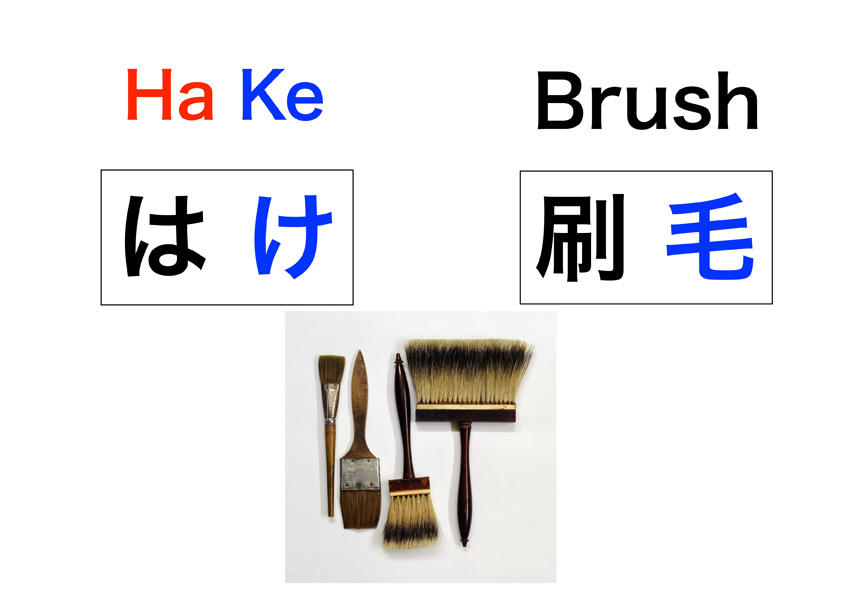
After all, the antakushi doesn't need it because English conversation is perfect, but I took it stupid.
Gaiding that makes full use of such graphics was highly evaluated by experts in on-the-job training.
How can you communicate professional and hard guide comments in a fun and soft manner?
It's also fun to think about such ideas.
Related articles
The guide is a presentation (article dated June 30, 2016)
|
Links
|





 The title of the August 2016 issue (2)
The title of the August 2016 issue (2)


